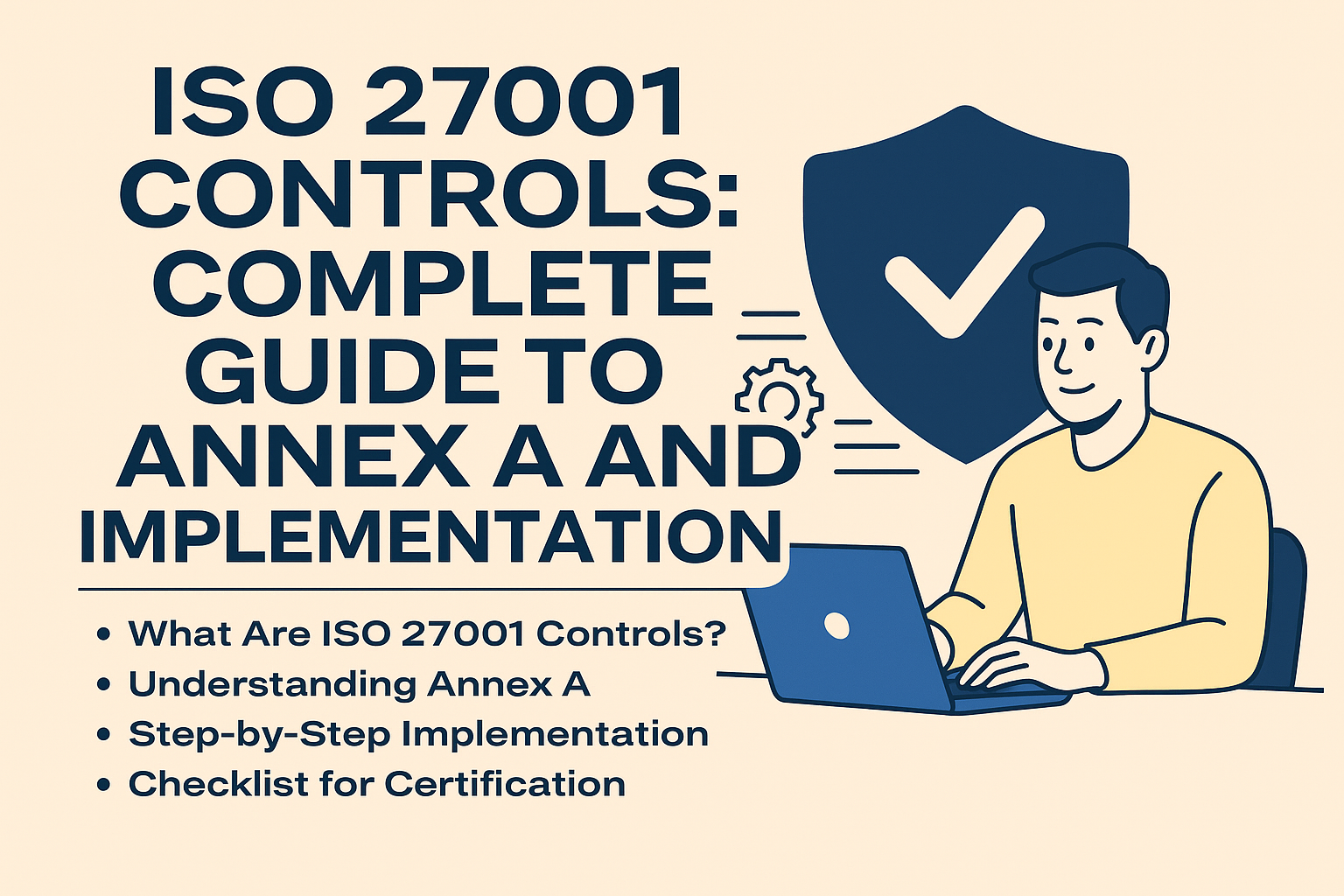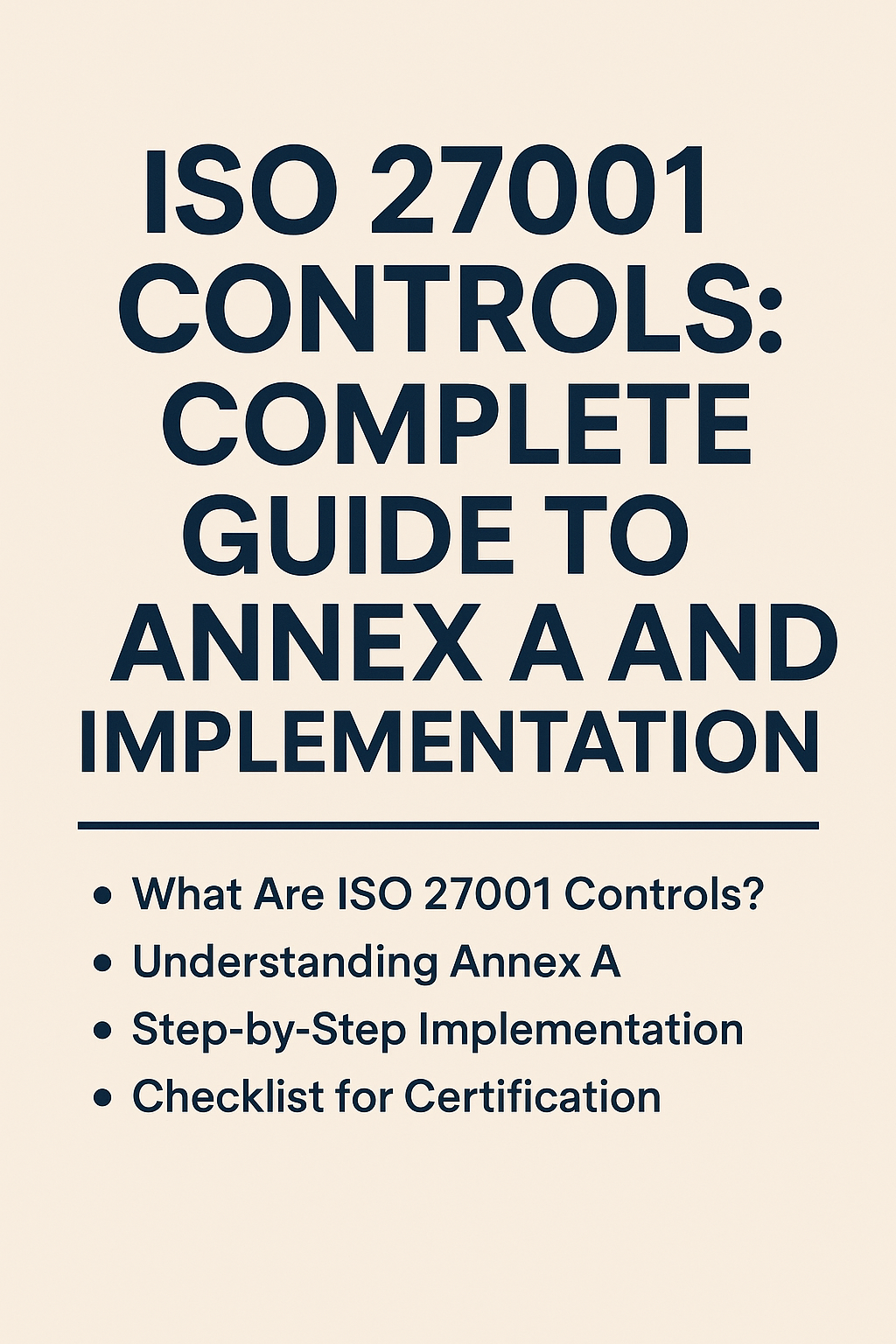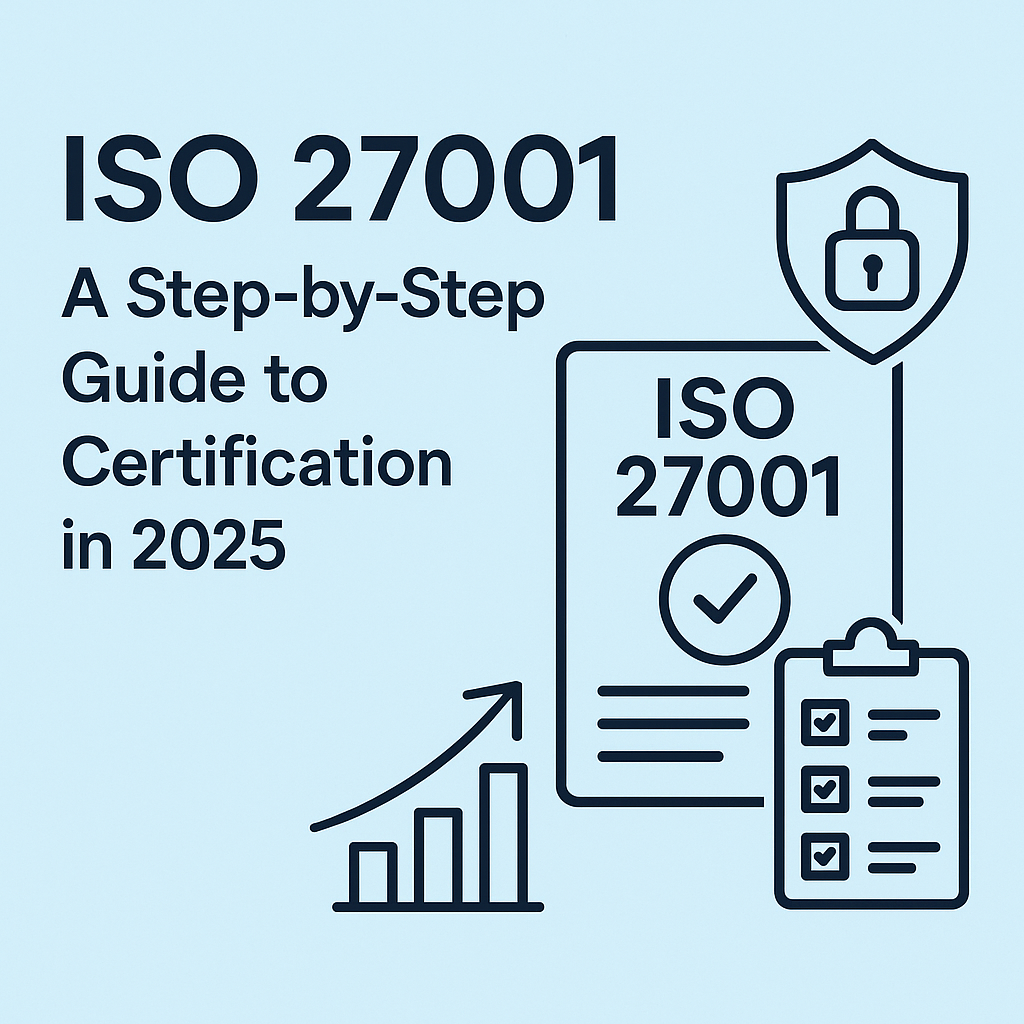
Ever been told you need ISO 27001 controls in place... but no one explained what that really means?
You’re not alone. I’ve worked with startups, scale-ups, and even some big players — and guess what? Most folks don’t actually know what these controls are or how to apply them. Let’s change that.
What Are ISO 27001 Controls? A Beginner's Guide
- Protect sensitive data
- Manage risks
- Build trust with customers
- Get certified without losing your mind
These aren’t just rules from a dusty handbook. Think of them like a playbook for reducing security headaches.
Controls are grouped into four themes:
- Organizational
- People
- Physical
- Technological
Altogether, there are 93 controls in the latest ISO 27001:2022 version.
Understanding Annex A in ISO 27001:2022
Annex A is where the controls live. It’s not a checklist you tick off blindly. It’s a reference list — the real controls should come from your risk assessment.
You still need to justify why each Annex A control is included or excluded. That’s where the SoA (Statement of Applicability) comes in.
The Four Themes of ISO 27001 Controls Explained
1. Organizational Controls
Think policies, contracts, roles, risk management, supplier controls.
2. People Controls
These cover training, awareness, background checks, and responsibilities.
3. Physical Controls
Secure office spaces, door access, screen locking — that sort of thing.
4. Technological Controls
The IT side — backups, antivirus, encryption, monitoring tools, MFA.
Organizational Controls: Key Requirements
- A.5.1 Policies for Information Security – Set the tone from the top.
- A.5.23 Cloud Security – If you’re in AWS, Azure, or Google Cloud, this is for you.
- A.5.29 Supplier Relationships – Know your vendors and what risks they pose.
People Controls: Building a Security-Aware Culture
- A.6.3 Information Security Awareness – Teach your people what’s at stake.
- A.6.1 Roles and Responsibilities – Who’s doing what? Spell it out.
- A.6.4 Disciplinary Process – Yup, even for security.
Physical Controls for ISO 27001 Compliance
- A.7.1 Physical Security Perimeter – Secure the building.
- A.7.3 Equipment Security – Laptops, servers, USBs — all locked down.
- A.7.9 Clear Desk Policy – Keep that post-it with your password off the desk.
Technological Controls: Best Practices for 2025
- A.8.10 Authentication – MFA is a no-brainer now.
- A.8.15 Logging and Monitoring – If it moves, log it.
- A.8.23 Web Filtering – Stop threats before they land.
New Controls in ISO 27001:2022 – What’s Changed?
- Threat Intelligence (5.7) – Stay ahead of attacks.
- Data Masking (8.11) – Especially useful for dev and test environments.
- Cloud Services (5.23) – Officially in the standard now.
How to Implement ISO 27001 Controls Step-by-Step
- Start with a risk assessment
- Select relevant controls from Annex A
- Document them in your SoA
- Create policies and procedures
- Train your people
- Monitor and review often
Mapping Controls to Your ISMS: Practical Tips
- Link each control to a specific risk
- Assign an owner
- Make it measurable
- Keep it lean — no 30-page docs
ISO 27001 Controls Checklist for Certification
- [ ] Have you mapped controls to risks?
- [ ] Is your SoA up to date?
- [ ] Can you show evidence for each control?
- [ ] Are you reviewing and improving them?
Common Mistakes in ISO 27001 Control Implementation
- Writing policies no one reads
- Skipping the SoA
- Not assigning control owners
- Using templates without customizing them
How to Document ISO 27001 Controls Effectively
- Simple language
- Version control
- Audit trails
- Live links to evidence (if possible)
ISO 27001 Controls vs. Other Security Frameworks
ISO 27001 = risk-based, global, broad
NIST CSF = popular in US, very structured
SOC 2 = trust-based, more prescriptive for tech
Automating ISO 27001 Controls with Compliance Software
- Auto-check technical controls
- Monitor compliance 24/7
- Generate audit reports
- Save hours of spreadsheet hell
Control Effectiveness: How to Measure and Improve
- Control owner reviews
- Internal audits
- Metrics (e.g. patch time, failed logins)
- Feedback from staff
Case Study: Successful ISO 27001 Control Implementation
One startup we helped cut their control documentation by 40% — just by tying every control to a real risk and ditching generic policies.
Result? Faster audit, better team buy-in, zero findings.
Frequently Asked Questions About ISO 27001 Controls
Q: Do I need to implement all 93 controls?
A: No. Only those relevant to your risks — but you must document why you’re excluding any.
Q: Can we use Google Workspace or AWS?
A: Yes, but make sure you configure them securely and document how.
Q: How often do I need to review controls?
A: At least annually, but ideally every quarter for key ones.
ISO 27001 Controls Audit: What to Expect
- Show your SoA
- Walk through a few controls
- Provide evidence (logs, screenshots, meeting notes)
- Show you’re reviewing and improving things
Continuous Improvement of ISO 27001 Controls
Last but not least: ISO 27001 isn’t a one-and-done thing.
- Set a review calendar
- Track changes
- Talk to your team
- Improve as you go
ISO 27001 controls are only useful if they live and breathe in your day-to-day. Not just sit in a dusty folder.


